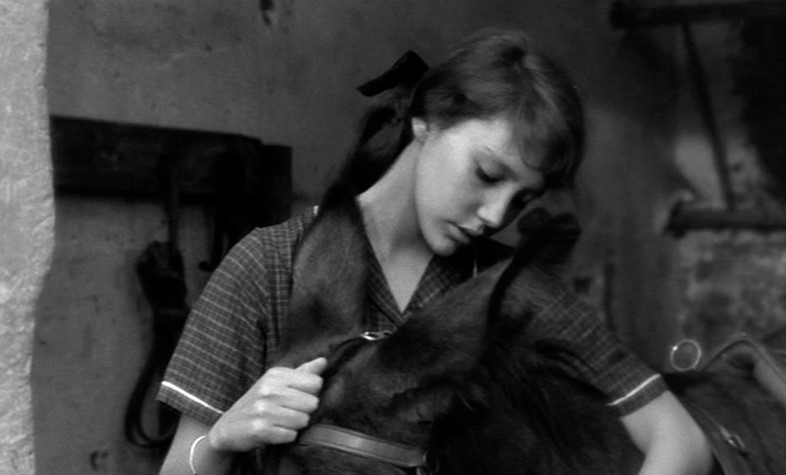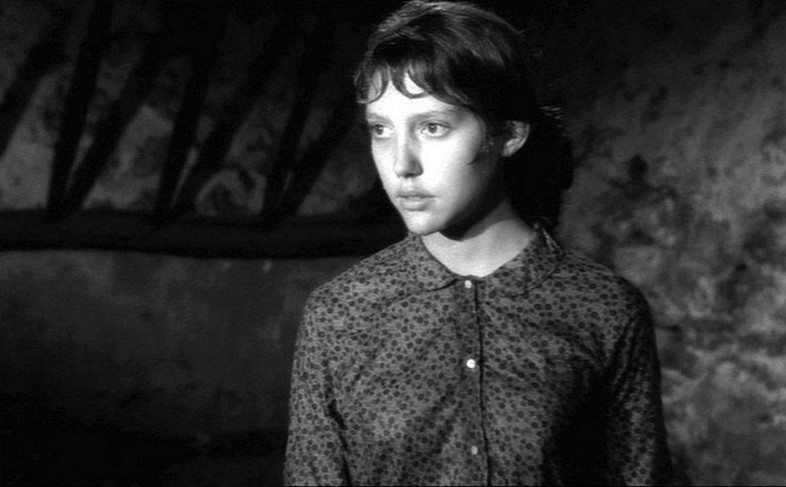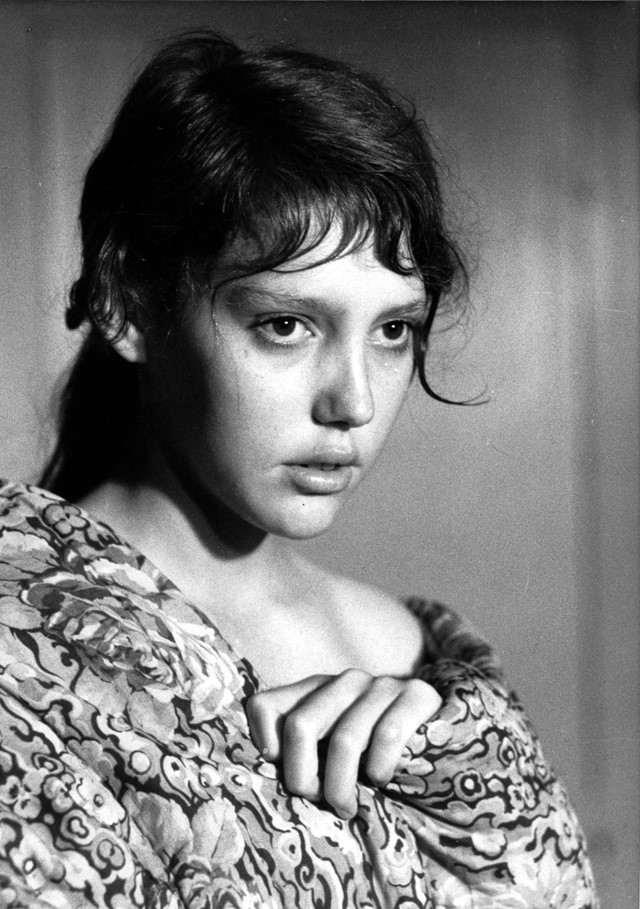In the wake of the French actress’ death, we revisit the Bresson character that launched her to fame, and the impeccable styling tips it spawned
In 1965, young French acting aspirant Anne Wiazemsky was asked by celebrated auteur Robert Bresson to star in his forthcoming film, Au Hasard Balthazar, the austere, heart-wrenching tale of a donkey, and Marie, the farm girl who loves him. “At the age of 17 I was chosen,” she would go on to say of the part that launched her to worldwide fame upon the film’s release the following year. During the shoot, Jean-Luc Godard, whose work Wiazemsky much admired, visited the set and the duo fell in love. To Bresson’s presumed dismay – it is well known that he himself proposed to the auburn-haired beauty multiple times during filming – she and Godard were married shortly afterwards, and Wiazemsky would go on to star in a number of the director’s movies, securing her title as the face of French New Wave cinema.
But in spite of the many exceptional roles that followed her debut turn, it is arguably as the maltreated and mysterious Marie that Wiazemsky, who had never had any formal training, gave her most extraordinary performance. As James S. Williams noted in the actress and novelist’s obituary for The Guardian, after she sadly lost her battle with cancer early last month, “She appeared at once fragile and headstrong, introspective and direct, sensuous and ironically detached. There was a quiet, radiant intensity to her fathomless gaze, as of pure, still waters running deep.” She also served as an unlikely style icon, sporting Marie’s simple yet chic attire with an effortless elegance, while making a strong case for the ribbon-adorned ponytail. Here, in the wake of Wiazemsky’s death, aged 70, we look back on the costumes behind the character.

The Signature Style
The first time we encounter Marie, it is as a young child – with another actress in the role. She and her summertime sweetheart, Jacques, have been given a donkey whom they christen Balthazar and positively dote upon. Fast forward some years, and Balthazar has been returned to his original owner, with whom he is living a life of hardship. He makes a bid for freedom and finds his way back to Marie, now a teenager, who lives with her parents on a farm bestowed to them by Jacques’ father. Enter Wiazemsky – dressed in a calf-length, short-sleeved tartan dress, trimmed with white, a black satin bow in her hair – who is delighted to be reunited with her wise-eyed pal. She spends her days and nights in his company – in one beautiful scene, lit by softly diffused moonlight, she creates a flower garland for her beloved creature, wearing a long white cotton nightie (a single-breasted woolen overcoat, with military style buttons, slung over her shoulders) to almost mythological effect.

Soon, a teenage Jacques returns to the farm to pursue a lawsuit against Marie’s father, but nevertheless uses the opportunity to declare his undying love for his childhood beau. They sit on the bench upon which Jacques once carved their names, where Marie – dressed in a pale, pinstriped dress with oversized buttons, a dark woollen jumper knotted around her shoulders – tells him that she isn’t sure that she loves him back. This marks key a turning point in the tale for both Marie and Balthazar, who is given to a local baker soon after Jacques’ departure, as Marie’s family become ensnared in her father’s ill-fated legal battle. The baker has employed a young, leather-jacket-decked troublemaker named Gérard, who uses Balthazar to help with deliveries, treating him with sociopathic cruelty. But when Marie tries to come to the donkey’s aid, she instead finds herself beguiled by the local badboy.

For the rest of the film, we find our increasingly disillusioned heroine dressed in the more adult combination of a floral, pixie-collared shirt, high-waisted skirt and flat espadrilles, as she wrestles with her desire for the uncaring Gérard, against her better nature, knowing that the boring and dependable Jacques would offer her a real future. In an unsettling scene, she peels off this rain-sodden ensemble in the house of an unpleasant corn merchant, who has come into ownership of Balthazar, and to whom she offers herself in return for shelter. Later the same garments are ripped from her and strewn across a field, leaving Marie naked in a locked room in what proves her final scene. Both Marie and the long-suffering Balthazar, whose journeys began with such innocence and happiness, have become little more than objects in a cold-hearted world.

The Modern Manifestation
Of course, the film’s philosophical message of purity and transcendence is its most enduring feat; Bresson’s masterful filmmaking devices – including the unique compositions and innovative use of sound and narrative – its overwhelming achievement. But nevertheless Marie provides a masterclass in pared-back, stylish nonchalance that can be channelled to powerful effect today. First off, find your signature hairstyle and stick to it: a swept back ponytail and short wispy fringe prove the perfect frame for Wiazemsky’s Modigliani-esque features. Add a modern twist to the classic cotton dress with Jacquemus’ angular take on the summer staple, while Erdem’s A/W17 collection offers a rich array of autumn florals.
Much of Marie’s sartorial prowess is also down to styling. Her minimal approach to accessories is exemplary, her trademark hair ribbon and single silver cuff bracelet her embellishments of choice, while her casual slinging of a cashmere jumper or overcoat around her shoulders adds an insouciant air of je ne sais quoi to an otherwise tidy look.
